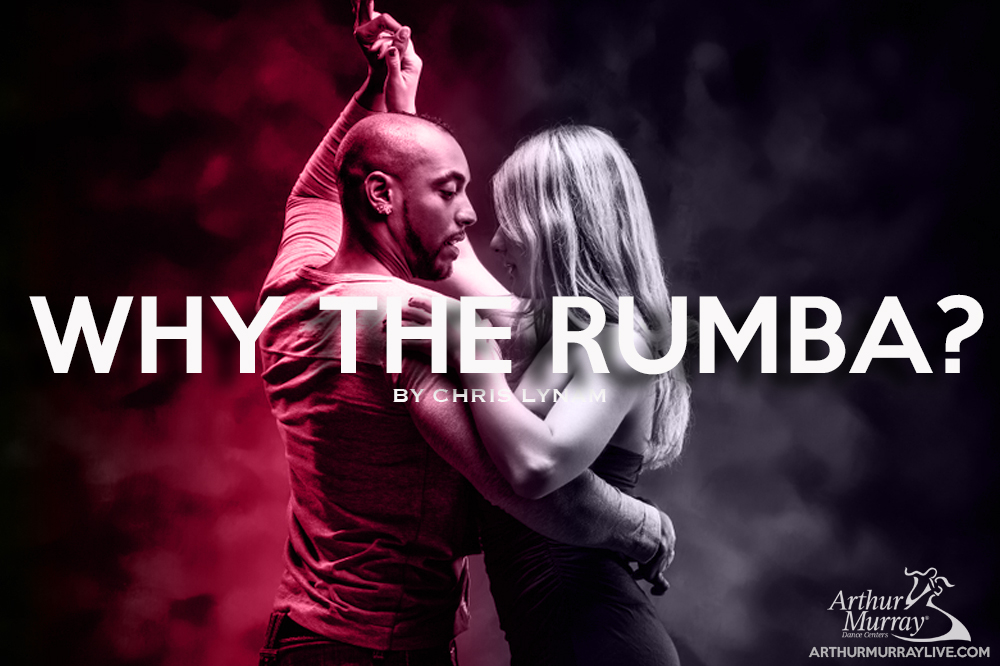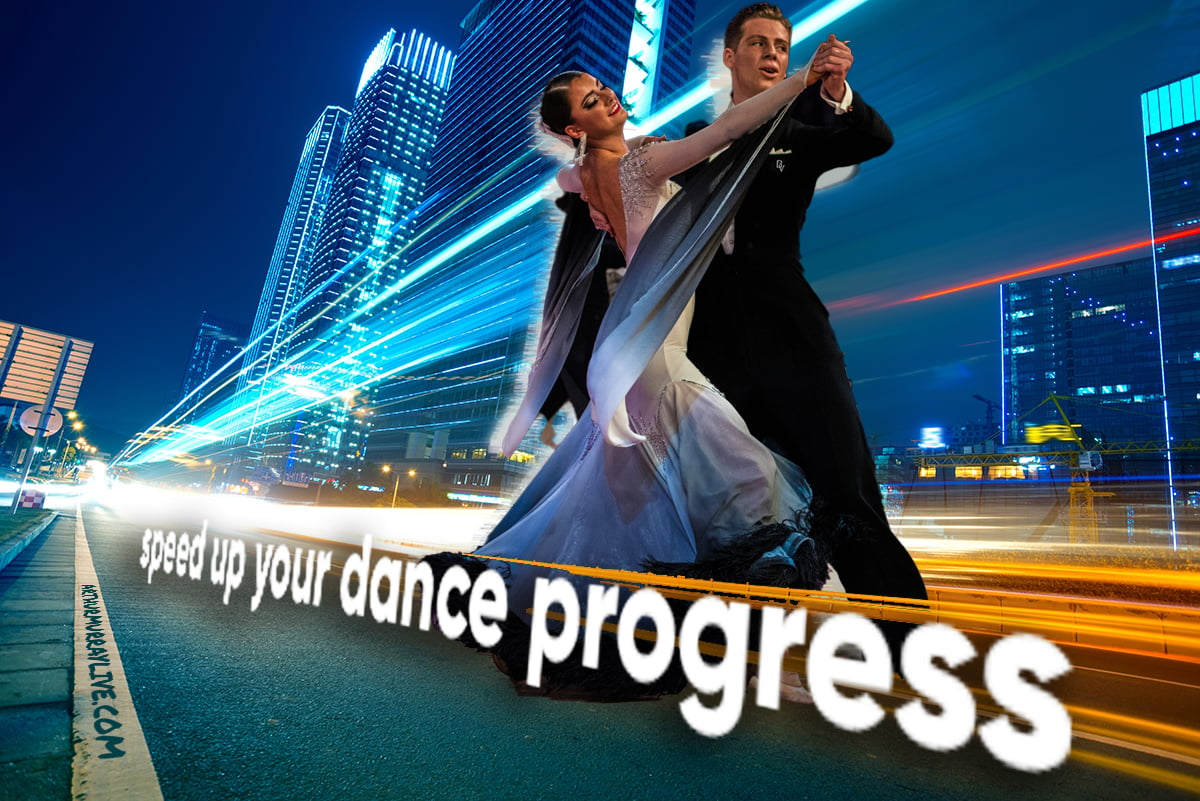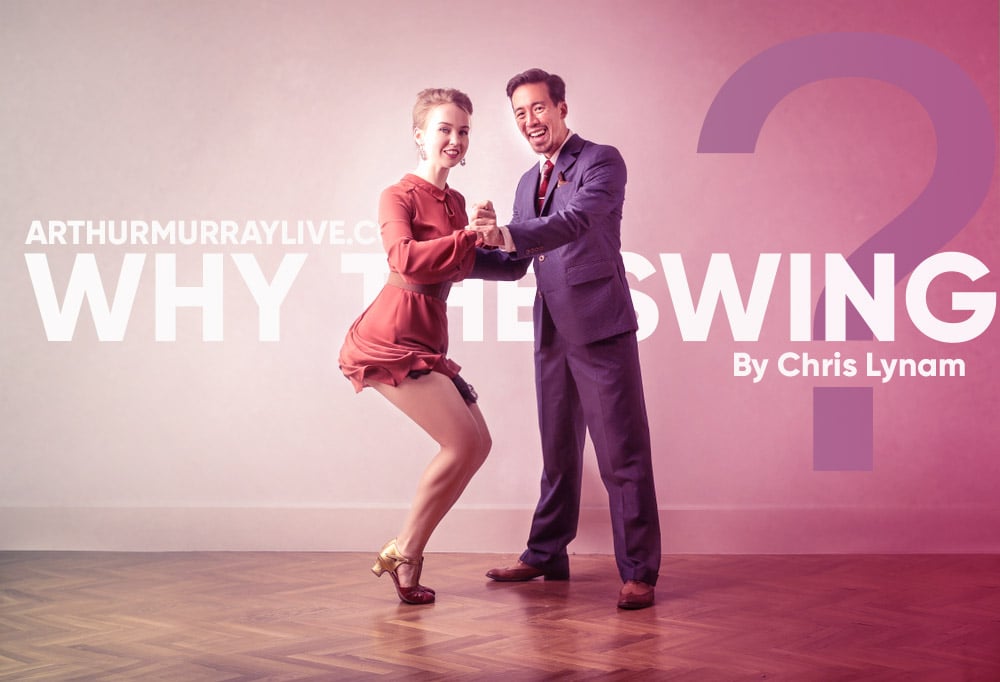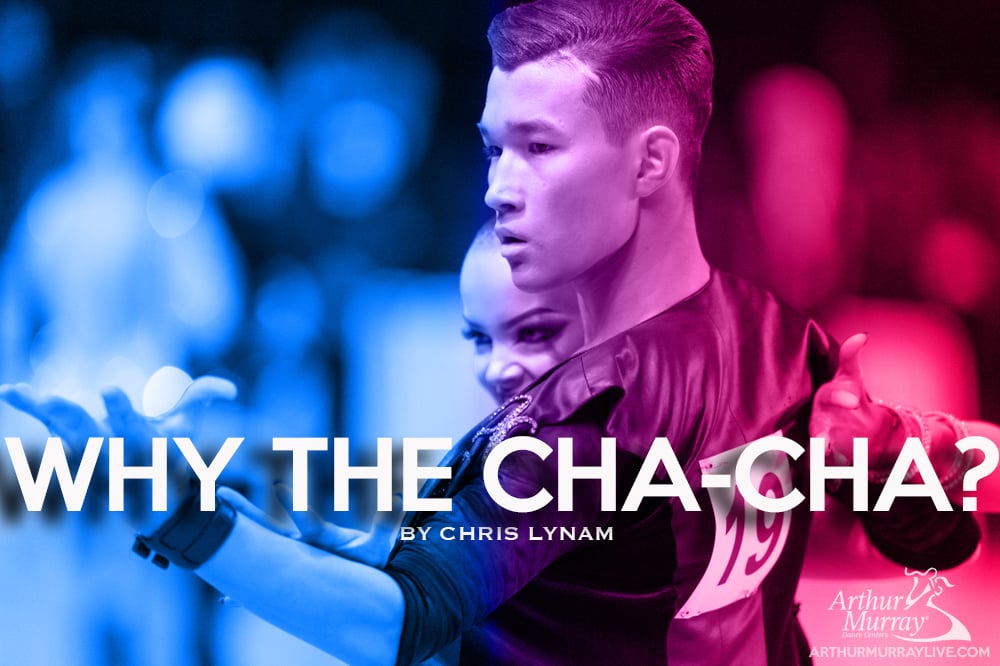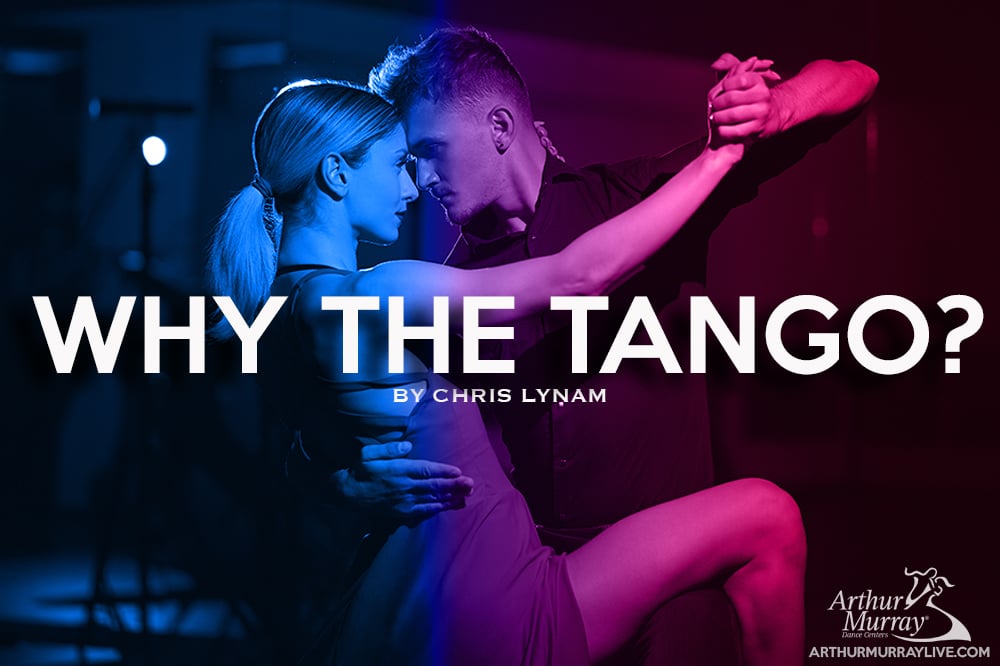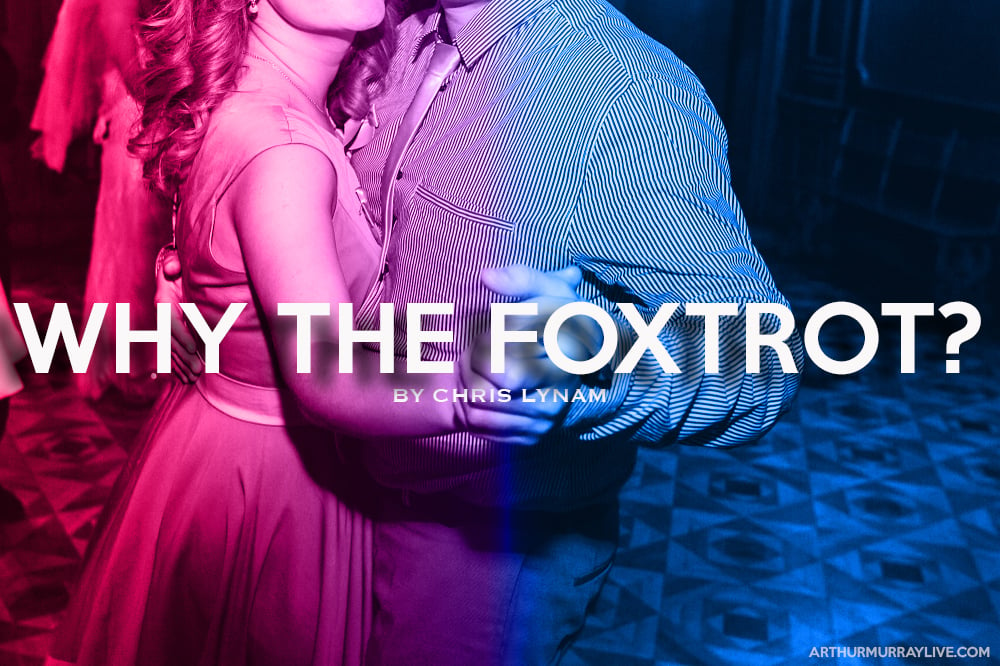Why Your Arthur Murray Teacher Recommends the Rumba
We are going to explore different dances that your dance teacher may suggest for your development. In this article we are going to explore one of the most romantic, and important dances we teach:
The Rumba.
Sometimes spelled "Rhumba" or "Rumba", however you spell it, or pronounce it, this dance has a special place in your dance development.
So let's dive in and get a better idea for why your Arthur Murray instructor suggested it, some important benefits to learning the dance, and some common misconceptions that will help you make an informed choice going forward.

Rumba: The Benefits of the Dance
1. Latin Technique
The Rumba is the best starting point to learning great latin dance technique. Think of it as the anchoring point that all of your latin dances will tether to.
2. Great Legs & Feet
Since this dance is slow and rhythmical, the Rumba requires that your feet and legs work like the brake pedals in a car. The better your feet and legs, the more control you have and the clearer your rhythm is.
3. Slow Dance Upgrade
There's a really good chance that your slow dancing hasn't been upgraded since high school. Rumba will take that feeling and slow tempo to the next level.
4. Hip Motion
Also referred to as "Cuban Motion", learning to move your hips is an exciting process to begin for your dance program. Rumba is the dance you'll use to activate those skills and refine your technique.
5. Leading and Following
This dance is an absolute essential when it comes to creating great skills as a leader or follower. To shift your weight, and be responsive to someone else doing so, is critical for partner dancing. Rumba's tempo and box-step construction create plenty of opportunities to improve your leading and following on every single lesson.
6. Multi-Tasking
Since the music is slow, adding an extra layer is much easier in this dance than in some of the faster dances.
Rumba: Integrations to Other Dances
Any dancer with Rumba in their program will see an immediate benefit in the other dances they enjoy. Here are some quick examples to look for.
1. Waltz
Rumba keeps many of the same patterns as Waltz, but with a different mood and music. The similarities make for an easy connection and the contrast in feel will prevent the dances from getting mixed up.
2. Bachata
Before it was named the Bachata, many people referred to the dance as the "Miami Rumba". Using many of the same movements, the Rumba and Bachata are very interchangeable.
3. Cha-Cha & Salsa
While Rumba occupies the Slow end of the latin music spectrum, it can easily transform into the medium tempo Cha-Cha or fast tempo Salsa with a few adjustments. With all three tempos under your belt, you'll have the versatility to dance all night.

Rumba: Important Facts
Even if you never danced the Rumba in public, it will add the essential technique for the other Latin rhythm dances you love.
The Rumba is the best dance for developing the feet, legs, hips and arms for all other latin dances.
Some people love the Rumba because it is romantic, others love it for the skill development - every dancer is different.
We often refer to the Rumba as "The Kitchen Dance" because the movement is compact enough to dance it there... and who wouldn't want a spontaneous, romantic dance moment in the kitchen?
Rumba is one of the core disciplines for your dance program development - like Math or English in school. So many other subjects rely on it.
Final Thought
Your dance teachers will recommend new dances and projects based on how they are going to enhance your experience and get you to your desired goals faster.
So even if your favorite dance isn't the Rumba, don't let that stop you from letting the Rumba make that favorite dance better.



